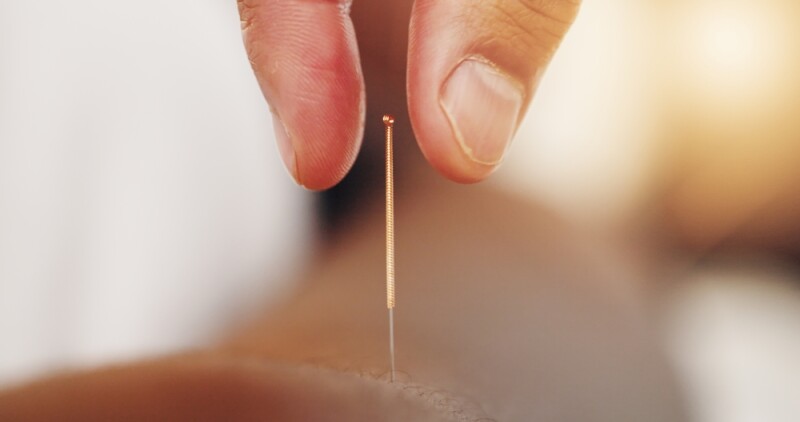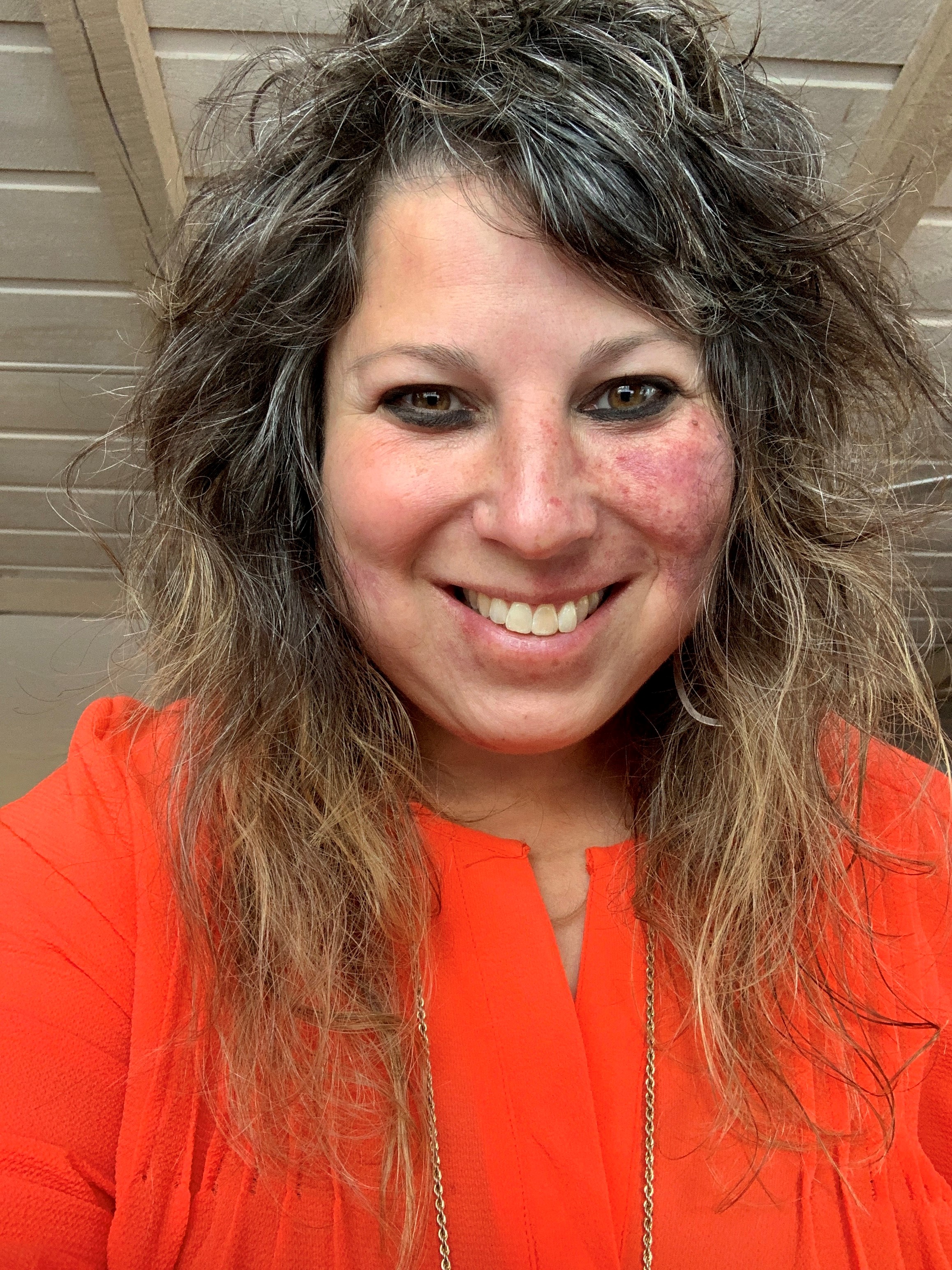New research finds advantages to using patients’ strengths to combat sadness
For people struggling with sadness and depression, framing intervention as a strength provides better results, according to a new study.
The study, conducted by Ohio State University, and published in the Journal of Clinical Psychology, revealed that people who were in a sad or depressed state improved more quickly when they used a mood-lifting method that they were told was their strongest skill. This technique worked better than being asked to use a skill that they were told was a relative weakness. Whether the participants were good at the skill was not relevant – it was the belief that they were good at that skill that made it effective.
Researchers engaged a sample of 616 undergraduate students who were randomly placed in either a cognitive or mindfulness intervention and one of two framing conditions, focusing on a relative strength or weakness. Participants were then given a hypothetical situation in which they could use those skills and directed to practice both skills and complete some measures on how they were used.
Each participant was randomly told that one of the skills – cognitive or mindfulness – was their strongest skill or their weakest skill and they would be using that skill in the next part of the experiment – a “sad mood induction.”
Researchers then induced sadness among the participants by having them imagine someone they cared about dying while listening to a sad song played at half speed to increase the effect of sadness.
Most people reported a significant decrease in mood immediately following the induction, which the researchers anticipated. Participants were then asked to respond to five mood assessments in the minutes after the sad mood was induced.
All participants saw their mood gradually improve after the induction was over. Results showed that whether they were asked to use cognitive or mindfulness skills didn’t have a significant effect on feeling better – but the framing of whether they were told it was their strongest or weakest skill did, according to the study.
Integrative practitioners who work with patients struggling with depression and sadness may want to integrate this technique as an additional tool in their treatment plans.




















SHARE